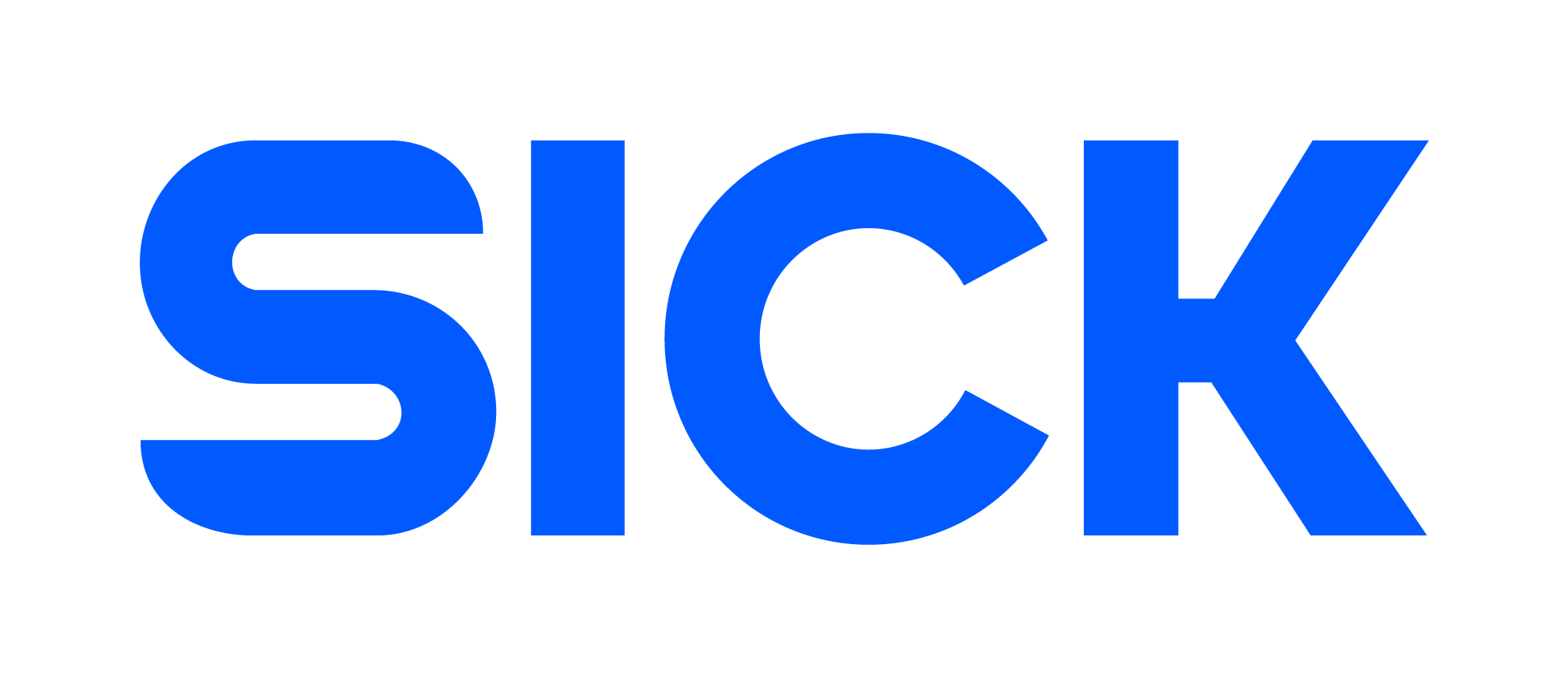When Joakim, the former Managing Director of SICK IVP Linköping first stepped into the office in 2004, the team was just 18 people strong. Today, the site is a cornerstone of innovation within the global SICK Group, recognized for its advanced expertise in software, image processing, and industrial automation. Looking back at nearly two decades of leadership, the journey has been one of transformation, resilience, and strategic growth.
Pioneering Agile Methods and Product Breakthroughs
Over time, the Linköping site became known for more than just solid engineering, it became a pioneer. One of the defining transitions was the shift from traditional project execution to Agile development methodologies. “We invested heavily in proving to our colleagues across the group that there was another way in which one could accelerate innovation without compromising on quality.”
This shift culminated in the launch of the Inspector product around 2017 which was an easy-to-use vision solution that allowed even non-programmers to configure and deploy camera-based automation. “It was a defining moment,” he says. “The original vision of the acquisition had materialized in a real product, accessible and powerful.”
Following this, the release of TriSpector, a 3D version of the Inspector, marked another significant leap. Most recently, the site contributed to the development of robot vision systems, continuing its trajectory as a product innovation leader.
The Present: A Culture of Competence and Collaboration
Today, the Linköping office is much more than a development unit. It’s a strategically important innovation center for the entire SICK Group. With a focus on high-quality software, AI, and machine vision, the team plays a central role in the group’s ambition to move beyond hardware to offer integrated software and cloud-based solutions.
“The real value of this site lies in its people,” Joakim emphasizes. “It’s the competence we’ve built up, especially in software and image processing, and the collaborative, open culture that makes it thrive.”
Thanks to its proximity to Linköping University and the dynamic Science Park environment, the office benefits from a rich ecosystem of new and experienced engineers which are keeping it at the forefront of technological advancement.
The Future: Strengthening the Software-Driven Vision
Looking ahead, software will play an even more pivotal role, not just within SICK, but across the entire industrial automation sector. “We’re moving from individual camera devices to end-to-end solutions,” he explains. “As more functionality is driven by software, our site’s role will become even more critical.”
With a strong foundation in competence, a future-focused product strategy, and a culture of collaboration, SICK Linköping is poised to remain a vital innovation hub for years to come.
A Personal Reflection: 20 Unexpected Years of Fulfillment
“I never planned to stay for 20 years,” the Director laughs. “But the combination of meaningful work, fantastic colleagues, and a shared sense of purpose made it easy to stay. It’s been a privilege to be part of this journey; from a small, somewhat chaotic team to a respected innovation center within a global organization.”
As SICK Linköping continues to grow, its success will remain rooted in the same principles that shaped it from the start: technical excellence, a people-first culture, and a commitment to shaping the future of industrial automation.
